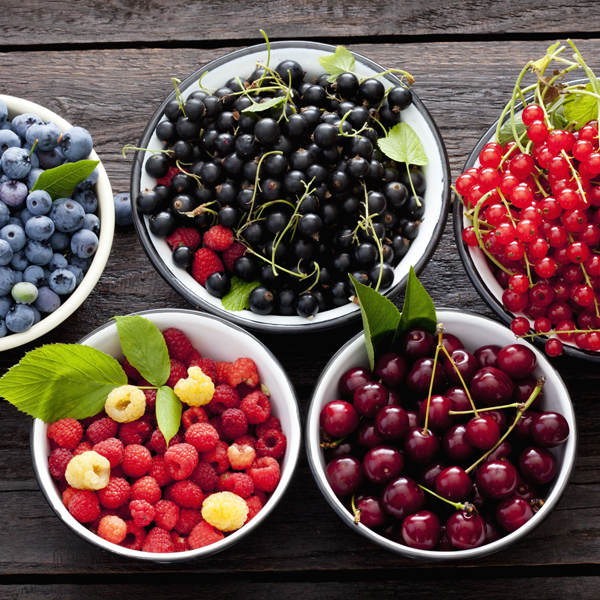
Edible Landscapes for Our Climate
As the desire for sustainability and self-sufficiency continues to grow, Kiwi Nurseries Ltd. recognizes the importance of providing the prairie hardy trees, shrubs and perennials that are necessary in creating edible landscapes for our area. In addition to some of the more common edible plants such as apple trees, saskatoons and raspberries, we also offer some more unique edibles like haskaps, currants and goji berries, just to name a few.
Our Printable PDFs
Our Edibles
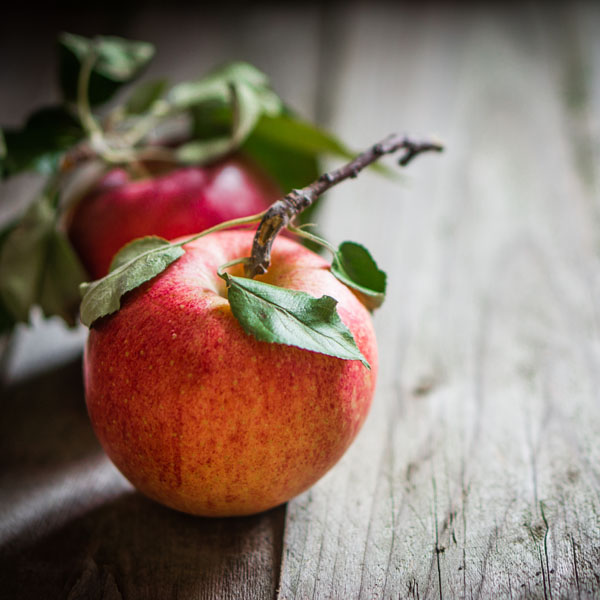 Description
Description
These popular fruit trees, averaging 15-20 ft in height and 12-16 ft in spread, display large canopies of abundant white, fragrant blossoms in spring. Edible apple trees require cross-pollination to bear fruit. Two different varieties of apples, also including crabapples or pears, must be in bloom at the same time within two city blocks (or 500 feet) of each other for pollination to occur. Luckily all apples flower in spring. Apples love full sunlight and moist well drained soil. They also need to have proper nutrition for the best fruit production.
Uses
Apples are a favourite for fresh eating, jams/jellies, baking/desserts, and storing.
Our Prairie Hardy Varieties
- Battleford Apple Malus ‘Battleford’
- Fall Red Apple Malus ‘Fall Red’
- Goodland Apple Malus ‘Goodland’
- Hardi-Mac Apple Malus ‘Hardi-Mac’
- Heyer #12 Apple Malus ‘Heyer #12’
- Honeycrisp Apple Malus ‘Honeycrisp’
- Norkent Apple Malus ‘Norkent’
- Norland Apple Malus ‘Norland’
- Parkland Apple Malus ‘Parkland’
- September Ruby Apple Malus ‘September Ruby’
- Combination Apple Malus – Combination
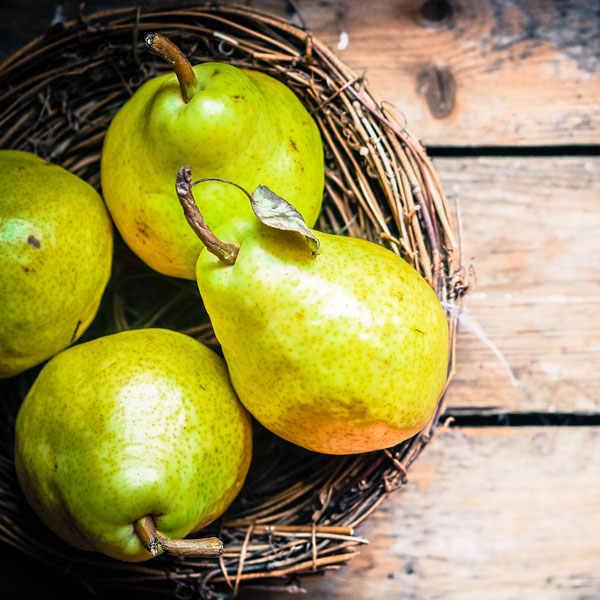 Description
Description
Pear trees, averaging 18-25 ft in height and 12-20 ft in spread, are blanketed with gleaming white flower clusters in spring with thorned green foliage which turns orange in autumn. Fruit production increases if pollination by another variety occurs. Pears require full sunlight and moist well drained soil.
Uses
Prairie pears are primarily used for jams/jellies and baking/desserts.
Our Prairie Hardy Varieties
 Description
Description
Prairie plum trees, averaging 10-18 ft in height and 8-15 ft in spread, boast showy white blossoms in spring and orange foliage colour in autumn. Plum trees require cross-pollination from specific pollinators within one city block or 100 metres of each other to bear fruit, see chart below. Plums need full sunlight and moist well drained soil.
Uses
Plums are used for fresh eating, jams/jellies, canning, and dried plums are known as prunes.
Our Prairie Hardy Varieties
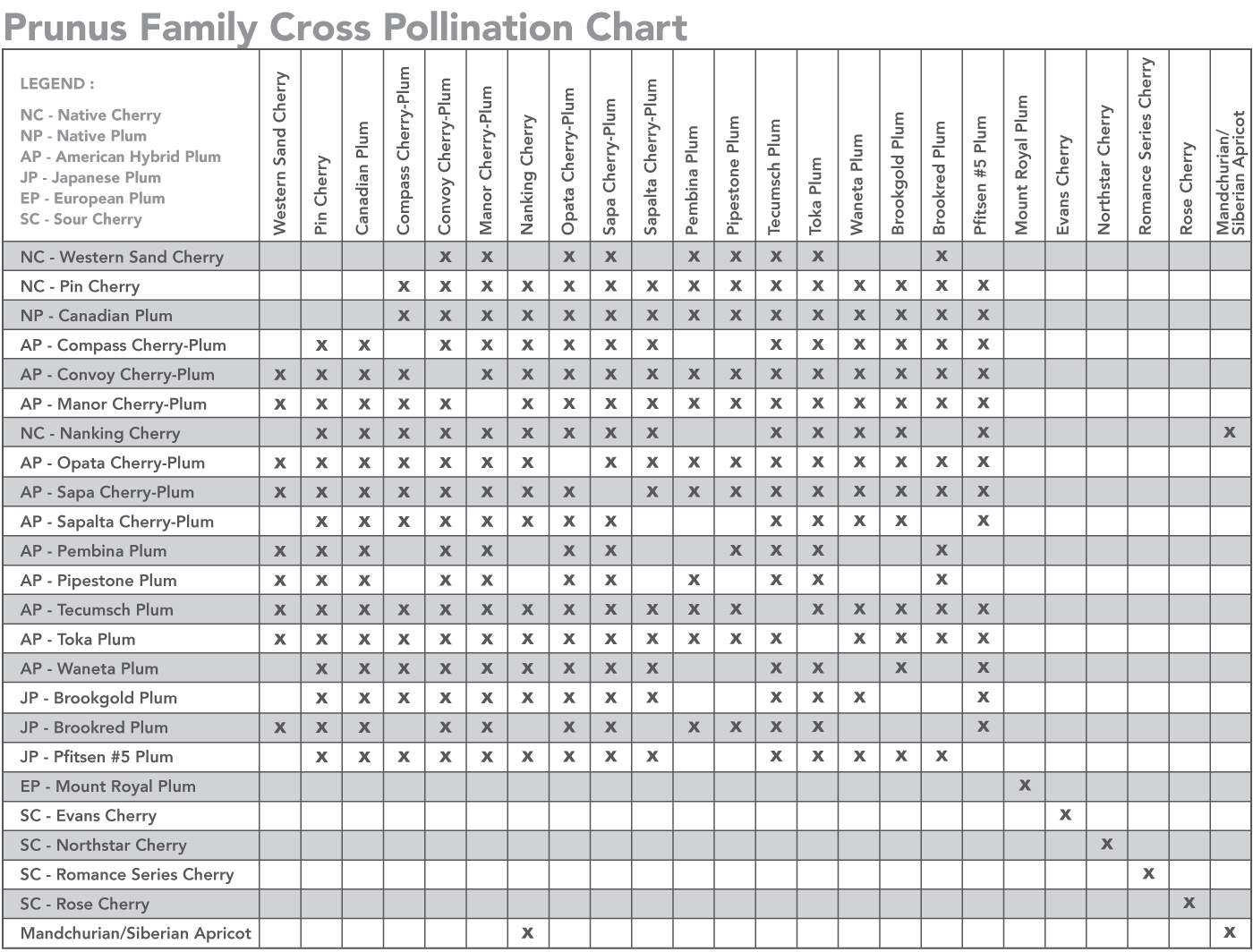
 Description
Description
The Casino Apricot is a very cold hardy tree, averaging 18 ft in height and 18 ft in spread. It has pink flowers in spring that produce meaty and smooth tasting fruit ripening in late summer. Apricots require cross pollination with either a Nanking Cherry or another apricot for the best fruit. Apricots need full sunlight and moist well drained soil.
Uses
Apricots are used for fresh eating, jams/jellies, and canning.
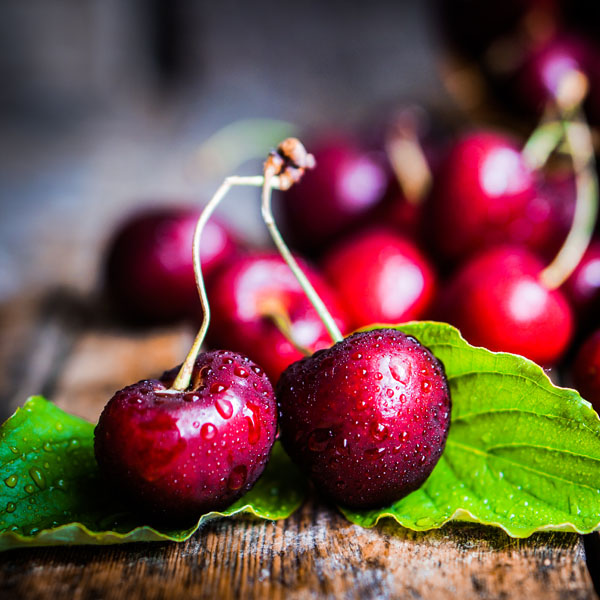 Description
Description
Although not as sweet or as big as B.C. cherries, prairie cherry trees and shrubs are favoured for their smaller fruit and tart flavour. Averaging 6-10 ft in height and 4-6 ft in spread, these small trees and shrubs boast white flowers in spring, followed by red edible fruit. Cherries are self-pollinating and require full sunlight and moist well drained soil.
Uses
Cherries are great for fresh eating, juicing, jams/jellies, baking/desserts, and canning.
Our Prairie Hardy Varieties
- Evans Sour Cherry Tree Prunus cerasus ‘Evans’
- Evans Sour Cherry Shrub Prunus cerasus ‘Evans’
- Cupid Cherry Tree Prunus x kerrasis ‘Cupid’
- Cupid Cherry Shrub Prunus x kerrasis ‘Cupid’
- Juliet Cherry Tree Prunus x kerrasis ‘Juliet’
- Juliet Cherry Shrub Prunus x kerrasis ‘Juliet’
- Romeo Cherry Tree Prunus x kerrasis ‘Romeo’
- Romeo Cherry Shrub Prunus x kerrasis ‘Romeo’
- Valentine Cherry Tree Prunus x kerrasis ‘Valentine’
- Valentine Cherry Shrub Prunus x kerrasis ‘Valentine’
- Carmine Jewel Cherry Tree Prunus x kerrasis ‘Carmine Jewel’
- Carmine Jewel Cherry Shrub Prunus x kerrasis ‘Carmine Jewel’
- Crimson Passion Cherry Tree Prunus x kerrasis ‘Crimson Passion’
- Crimson Passion Cherry Shrub Prunus x kerrasis ‘Crimson Passion’
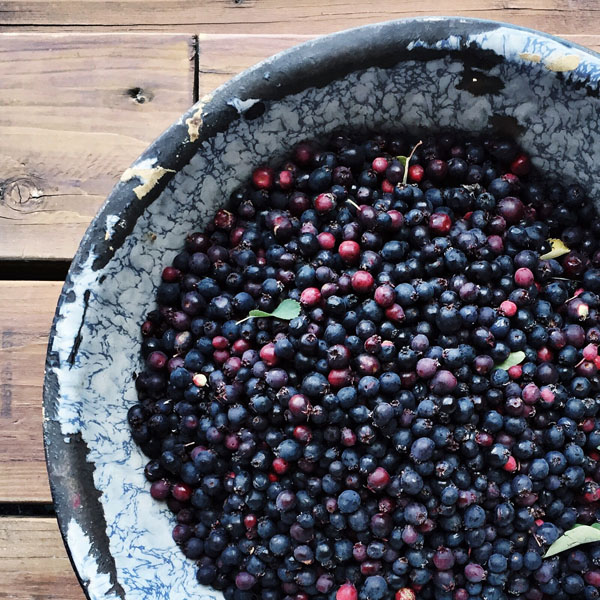 Description
Description
Also known as serviceberries, saskatoons are famous to the Prairies. These self-fertile shrubs, averaging 5-16 ft in height and 4-6 ft in spread, have showy white flowers in spring and orange foliage colour in fall. Maximum fruit production is obtained in full sun, ripening in late June or early July. Saskatoons prefer sandy-loam, moist, well-drained soil and are drought tolerant once established.
Uses
Saskatoons are great for fresh eating, jams/jellies, baking/desserts, and freezing.
Our Prairie Hardy Varieties
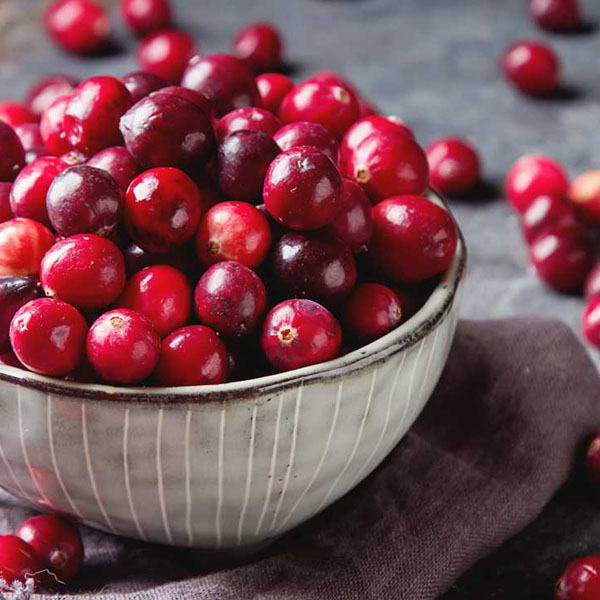 Description
Description
Cranberries are hardy low maintenance shrubs, averaging 5-10 ft in height and 5-8 ft in spread. They have sporadic white clusters of flowers in spring and deep to dark red foliage colour in fall. Red edible fruit emerges in late summer and persists into winter. Cranberries prefer part shade to full sun, moist well-drained soil and are drought tolerant once established.
Uses
Cranberries are good for jams/jellies, baking/desserts, and freezing.
Our Prairie Hardy Varieties
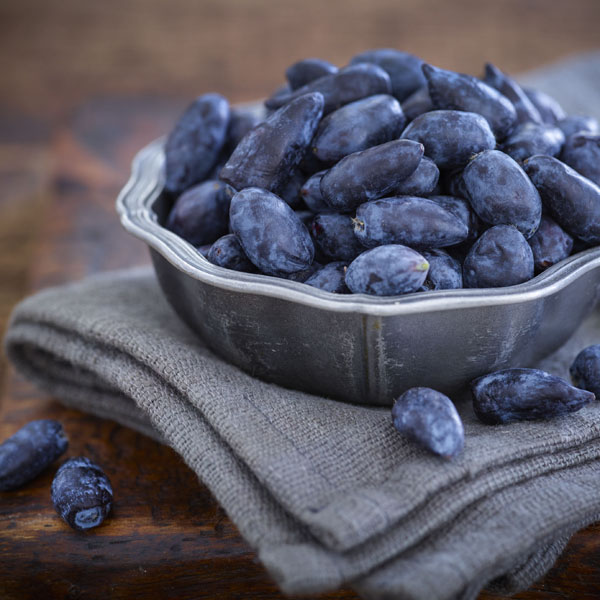 Description
Description
Also known as ‘Honeyberry’ or ‘Honeysuckle’ these hardy deciduous shrubs are fairly new to North America and grow between 3-10 ft in height and 3-6 ft in spread. Haskaps produce tender, deep blue oblong berries described as a cross between blueberry and raspberry, but will only cross-pollinate with specific varieties. They prefer part shade to full sun and moist well drained soil.
Uses
Haskaps are great for fresh eating, jams/jellies, baking/desserts, and freezing.
Our Prairie Hardy Varieties

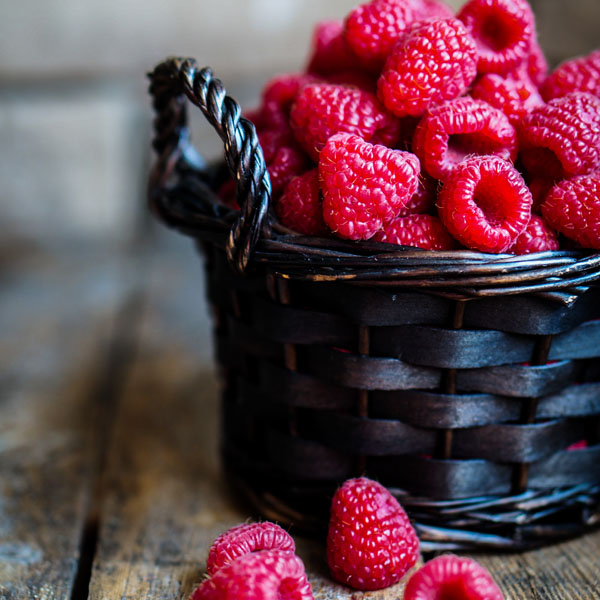 Description
Description
Raspberries are self-pollinating suckering shrubs known for their thorny branches and are often used for naturalization. They average 2-6 ft in height and 2-5 ft in spread. Raspberries produce sweet to tart fruit on first or second year canes. They prefer full sun and organically rich, well-drained humusy soil.
Uses
Raspberries are great for fresh eating, jams/jellies, baking/desserts, freezing, and herbal & medicinal uses.
Our Prairie Hardy Varieties
 Description
Description
Prairie blueberries are smaller than what you would find in the grocery store and have a more wild berry flavour, but still make a great addition to any edible landscape. These compact shrubs, averaging 1-4 ft in height and 2-3 ft in spread, have white blooms in spring and glossy green foliage which turns red in autumn. Blueberries are known to be high in antioxidants and produce greater yields by planting at least two varieties. They prefer partial shade and acidic peaty, moist well drained soil.
Uses
Blueberries are high in antioxidants and great for fresh eating, jams/jellies, baking/desserts, and freezing.
Our Prairie Hardy Varieties
 Description
Description
These self-fertile shrubs, averaging 3-7 ft in height and 3-5 ft in spread, are heavy producers of strongly tart to sour fruit. Currants produce best when fruit grows on old wood and a second variety of currant is present. They prefer part shade to full sun and moist, well-drained soil.
Uses
Currants can be good for fresh eating, jams/jellies, and attracting birds & butterflies.
Our Prairie Hardy Varieties
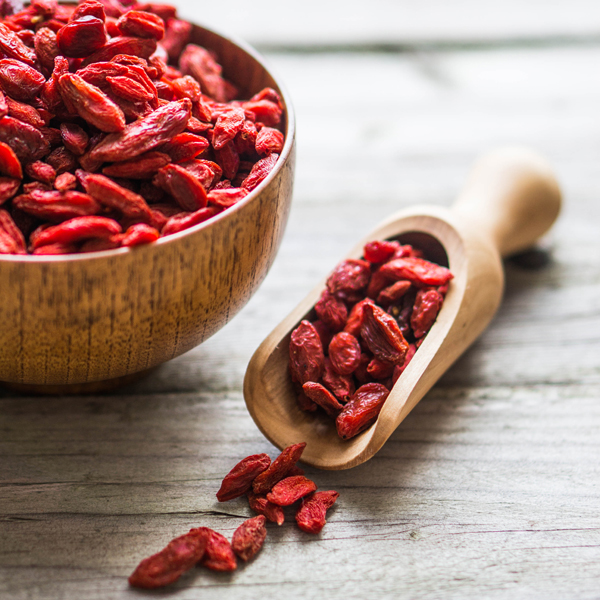 Description
Description
Commonly called wolf berries, these trumpet shaped purple blooms develop into berries considered to be a “Superfood”. Averaging 8-10 ft in height and 10-12 ft in spread, this self-pollinating shrub requires full sun, well drained soil and is drought resistant once established.
Uses
Goji berries are good for fresh eating, jams/jellies, dried, and medicinal & herbal uses.
Our Prairie Hardy Variety
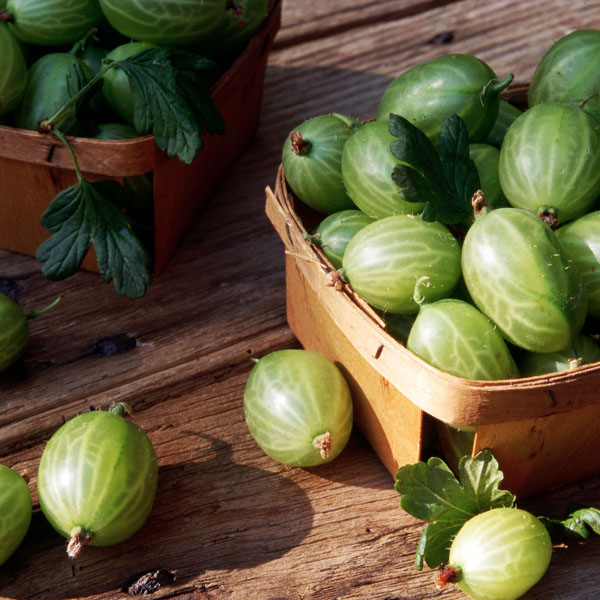 Description
Description
Gooseberries are another powerful antioxidant “superfood” coming into popularity. A native dwarf self-fertile shrub, averaging 2-3 ft in height and 2-3 feet in spread, Gooseberries have rounded, lobed foliage on prickly stems that turns red in fall. They prefer part shade to full sun and tolerate a variety of soil conditions, often used on reclamation sites.
Uses
Gooseberries can be good for savoury jams/chutneys, and pies.
Our Prairie Hardy Variety
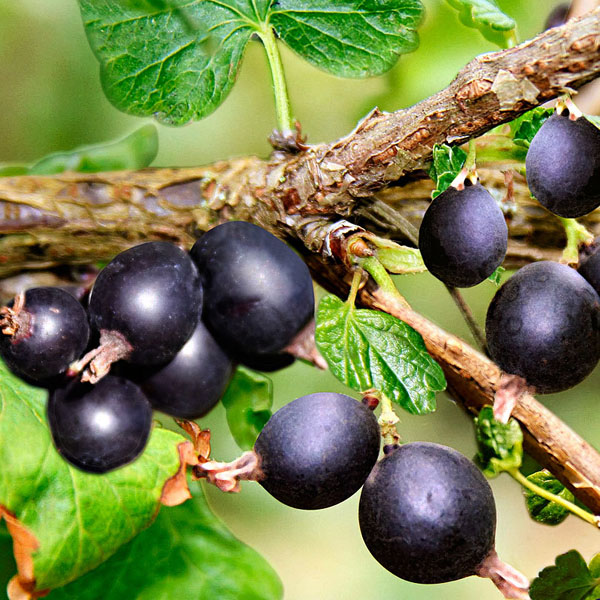 Description
Description
A cross between a black currant and a gooseberry, these self-pollinating shrubs average 4-5 ft in height and 4 ft in spread. Jostaberries are thornless with the foliage of a currant and produce dark purple fruit with a sweet tangy flavour described as a mix of grape, blueberry and kiwi fruits. Jostaberries need full sun, moist well drained soil and are drought tolerant once established.
Uses
Jostaberries can be good for fresh eating, jams/jellies, and baking/desserts.
Our Prairie Hardy Variety
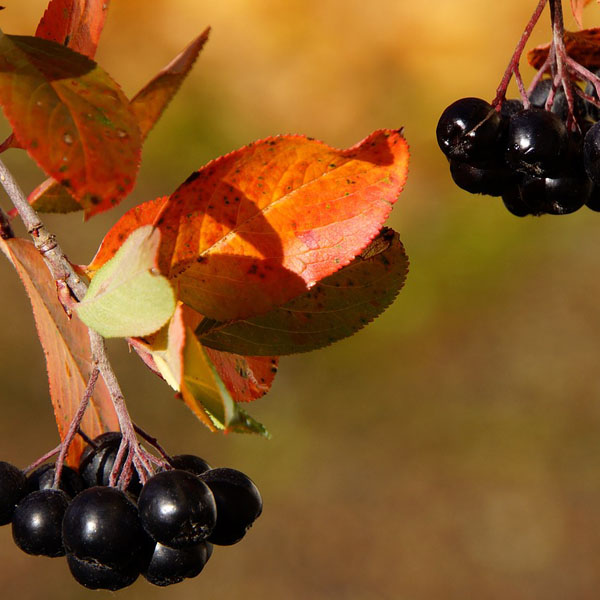 Description
Description
Black chokeberries average 5 ft in height and 5 ft in spread making them great accent shrubs with clusters of white blooms from mid spring to late summer which later produce black tart berries and glossy green foliage that turns brilliant red in fall. Black chokeberries prefer part shade to full sun and well drained soil, but tolerate moist sites.
Uses
Black Chokeberries can be good for fresh eating and jams/jellies.
Our Prairie Hardy Variety
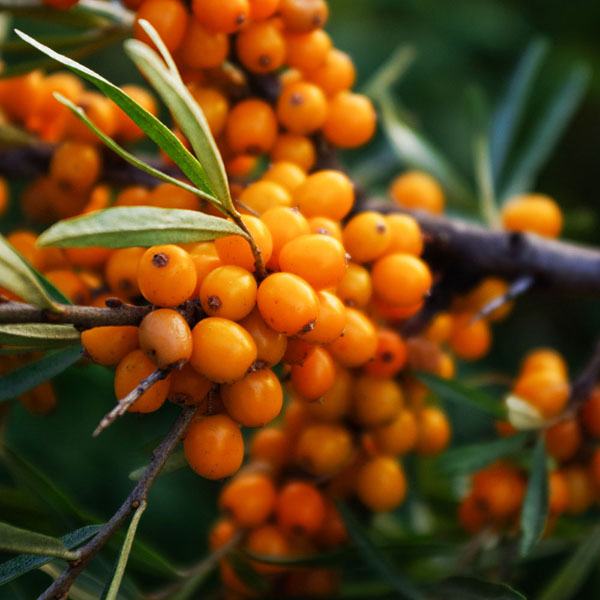 Description
Description
This large thorny shrub, averaging 16 ft in height and 13 ft in spread, also makes for another great accent shrub with its silvery leaves and tiny yellow blooms in spring which mature to orange fruit. Fruit is produced on female varieties only and a male must be present for pollination. The Sea Buckthorn prefers full sun and well drained soil. It is drought and salt resistant and can be used for soil stabilization and barriers.
Uses
Sea Buckthorn berries can be used in jams/jellies and baking, but is more commonly used for its medicinal and cosmetic properties or as wildlife food.
Our Prairie Hardy Variety
 Description
Description
This native shrub, averaging 6 ft in height and 5-6 ft in spread, features hairy course green toothed foliage and yellow spring catkins which are followed by bristly, beaked edible nuts. Hazelnuts prefer part shade to full sun and are adaptable to a variety of well drained soil types.
Uses
Hazelnuts are best roasted, candied, and ground into flour.
Our Prairie Hardy Variety
 Description
Description
These self-pollinating ever-bearing fruits average 6-18 inches in height and 12-18 inches in spread, however some varieties spread in colonies. Strawberries are excellent for planting in containers, prefer full sun and moist, well-drained soil.
Uses
Strawberries are great for fresh eating, jams/jellies, baking/desserts, freezing, and beauty products.
Our Prairie Hardy Varieties
 Description
Description
This interesting perennial averages 1.5 ft in height and 1.5 ft in spread with extremely large leaves on top of long, thick edible red stalks. Rhubarb thrives in full sun and rich well-drained loamy soil, but will also do well in many soil types.
Please Note : The leaves can be poisonous if consumed.
Uses
Rhubarb is great for jams/jellies, baking/desserts, and wine making.
Our Prairie Hardy Variety
 Description
Description
While prairie grapes are not great for fresh eating they are great for jams/jellies and wine making. These prairie hardy self-pollinating grape vines average 16 ft in height and 16-20 ft in spread with plentiful clusters of dark purple to blue-black fruit maturing in early to late fall. Grapes require a large space with a support structure in full sun and moist well-drained soil.
Uses
Prairie grapes are great for juicing, jams/jellies, and wine making.
Our Prairie Hardy Varieties
 Description
Description
This hardy vine averages 18 ft in height and 10 ft in spread, producing hairless, smooth, sweet green fruit on mature plants. The Issai Hardy Kiwi produces seedless fruit in the absence of a male plant and larger fruit with higher yields when cross-pollination is possible. The Issai Hardy kiwi is hardier than the Arctic Kiwi, prefers part shade to full sun and requires a support structure.
Uses
Kiwis are great for fresh eating, juicing, jams/jellies, and baking/desserts.
 |
| 